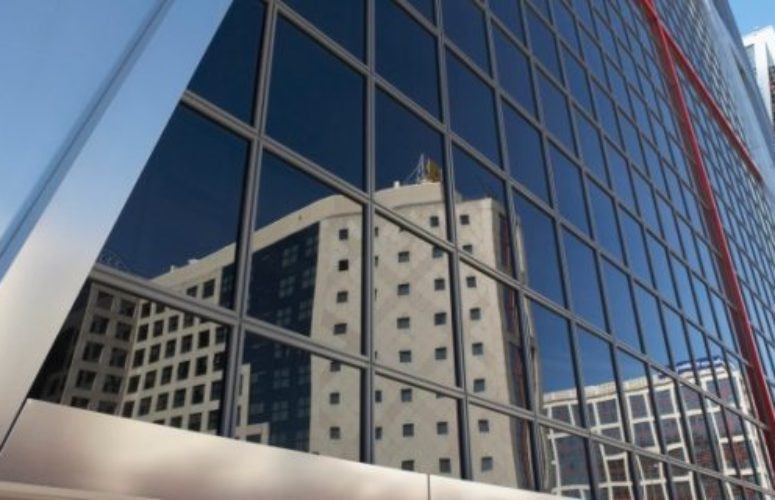
Cushman & Wakefield U.S. Macro Forecast: Economic Expansion Resilient in the Face of Slowing Global Demand
On Aug 29, 2016Global commercial real estate services firm Cushman & Wakefield today released its latest U.S. Macro Forecast, confirming that the economy weathered rough headwinds in the first half of 2016. The key demand drivers that support property markets—consumer confidence, job growth, low interest rates and consumer spending—all remain firmly intact.
“There is no doubt that slowing global demand did diminish trade and investment,” said Kevin Thorpe, Cushman & Wakefield Global Chief Economist. “However, as the second half of the year unfolds, we expect those categories to pick up steam, supporting stronger corporate profits, inflation and real GDP growth.”
Cushman & Wakefield’s forecast continues to anticipate a moderate growth path for the U.S. economy – 1.6 percent in 2016 and 2.1 percent in 2017. This represents a sizeable downward revision from the May forecast and largely reflects the downdraft created by the slowing Chinese economy, the aftermath of Brexit and the related fallout in business investment, according to Thorpe. Net exports will put pressure on overall growth as exports fall year-over-year in 2016 before rebounding by 1.1 percent in 2017 as global growth improves. Total employment growth is forecast to increase but by a lower amount than estimated in the previous forecast.
The Cushman & Wakefield forecast predicts the following implications for the commercial real estate sector:
- Office: Office-using job growth will continue to slow as a function of a tightening labor market, leading to a gradual decline in office space demand. Net absorption will total just over 60 million square feet in 2016, down from 81.1 million square feet in 2015. The vacancy rate will average13.2 percent for the year, 60 basis points below its 2015 value. Rent growth will achieve its highest rate in the cycle in 2016, growing at 5.5 percent. With the level of new construction expected to increase over the next two years and more supply coming online, rent growth is expected to decelerate in 2017 to a rate of 4.8 percent.
- Industrial: Warehouse and distribution space will continue to benefit from empowered consumers and the continued growth of eCommerce. At the same time, flex/R&D space will benefit from solid gains in high-tech employment sectors. The Cushman & Wakefield forecast predicts U.S. industrial net absorption in 2016 to surpass 250 million square feet, besting last year’s record-pace of 246 million square feet. The vacancy rate is expected to tighten this year to 5.8 percent from 6.6 percent in 2015, before rising to 6.0 percent in 2017.
- Retail: Class A projects will continue to garner the highest levels of demand, lowest levels of vacancy and positive rental-rate growth. Over the next two years, a combined 65.3 million square feet of net absorption will put downward pressure on vacancy, which is forecast to decline from 8.0 percent in 2015 to 7.3 percent in 2017. Although rent growth will remain bifurcated and a stronger-than-anticipated closure season continues to dampen its outlook, rents are still expected to increase by 4.6 percent in 2016.
- Transaction Volume: Total sales volume for all property types – including land sales – will end the year 15 to 20 percent lower than in 2015. Still, sales volume will total $449.6 billion, on par with the level of activity in both 2006 and 2014. Sales of apartment assets remained the most robust this year and are up year-over-year despite financial market volatility earlier this year. Sales of land development sites, warehouse assets and hotels were hardest hit.
“Commercial real estate markets have fared well,” said Rebecca Rockey, Cushman & Wakefield Head of Americas Forecasting. “Vacancy rates are falling, rent growth is positive and, for some asset classes, reaching a cyclical peak. Leasing velocity remains healthy as well. Impending regulations are expected to put pressure on capital markets activity, but the slowdown in sales volume and pricing is in line with a broader return to a more sustainable investment environment.”
Related Articles:





